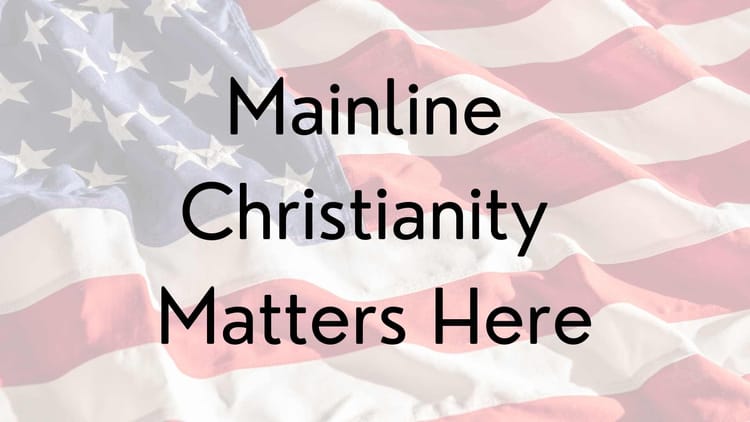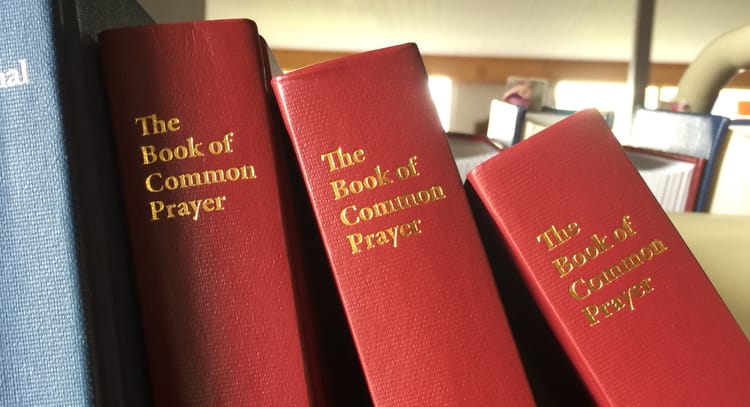Holy Moly: Actual Innovation!


In the corners of the church I inhabit, we are good at talking about the need for change. We're not quite as good at actually accomplishing it.
But every once in a while, along comes actual innovation. I saw it yesterday in a webinar introducing Holy Moly, the latest curriculum from Sparkhouse. It’s slated for release this May.
As we all know by now, the church is presently going through a fairly intensive phase of death and resurrection. The forms of institutional Christianity we took for granted a couple decades ago are in decline. We who are charged to lead and serve are wondering what on earth God is doing in our generation.
One of the most critical aspects of passing on the faith from one generation to the next is the area usually called “Christian formation.” Recognizing that formation happens all the time (at home, in worship, etc), there is still something to be said for the organized programs of formation that have been run in churches for the past couple hundred years.
I supervise one of those organized programs of formation. I am constantly looking for resources that I think will actually engage children and youth in becoming Christian. In Holy Moly, I found one.
Here are some of the innovations of Holy Moly:
- Video! The Scripture story is shown before it is told.
- The video has no narration! The kids have to actually lean in and pay attention to figure out what is going on. There are sound effects, but each kid has to figure out the story… just like real life.
- The video is funny! At least, the sample of David and Goliath is funny. I wanted to watch it more than once, just because I enjoyed it.
- Because there’s no narration in the video, when the kids read or hear the Bible text, they pay attention: “Yes, that’s what I saw!” “Oh, that’s what was happening!”
- Activities are actually fun. The curriculum sample they sent has the children making paper airplanes. At the church I serve, we usually try to prevent our kids from making paper airplanes so they can concentrate on the lesson. Silly us, we never thought of making up a lesson that included paper airplanes!
- Relevant, memorable life application. The David and Goliath lesson has the readers write their real life challenges on a paper cutout of Goliath, write the gifts God has given to them on paper airplanes, and knock over their paper Goliath with their paper airplanes. That will stick with a kid after they go out the door.
- A logical, flexible age separation. There are two levels: reader and pre-reader. This makes it easy to use for multi-age groups of kids.
- Really simple prep for teachers. This is a lesson a caring Christian can teach (with excellence!) from a single folded leaflet with about ten minutes of prep time. The curriculum prioritizes real relationships between leaders, learners and God, not brain dumps from adults to kids.
Because the curriculum has not yet been published, the above comments reflect the available samples at this time. It is my fervent prayer that the rest of the material reflects the same creativity and common sense that I see in these samples. But even if there are bumps in the road, there is no doubt in my mind that the team behind this curriculum deserves a huge award for completely rethinking children’s Christian formation in the mainline churches for the 21st century. What they have created is groundbreaking. Glory be to God, who is doing a new thing!
After fifteen years of looking at different curricula, this is the first time I have looked at one and said, “I love it!” I said this despite the fact that I love the Montessori method, I love the lectionary, and I love the Episcopal Church. Holy Moly is not Montessori, not lectionary, and not Episcopal. But I love it anyway, because it actually leads children to see their lives through the stories of Scripture. And isn’t that what it’s all about?
Our parish will be using Holy Moly! as midweek formation for kids starting this fall.
* * *
I received no compensation from, and have no affiliation with, Augsburg Fortress or Sparkhouse, the publishers of Holy Moly. This review is based on the sample pack available for free on the Holy Moly website and a webinar conducted March 13, 2012.
UPDATED (May 7, 2012) : After I posted this review, I was invited by Sparkhouse to serve as one of their reviewers for the remainder of the Holy Moly lessons prior to public release. I accepted this invitation and was compensated for my time reviewing the rest of the lessons. My enthusiasm for Holy Moly is as strong as it was when I originally posted this review. (If anyone wants to review for Sparkhouse, apparently publishing a positive independent review is a good place to start!)





Member discussion